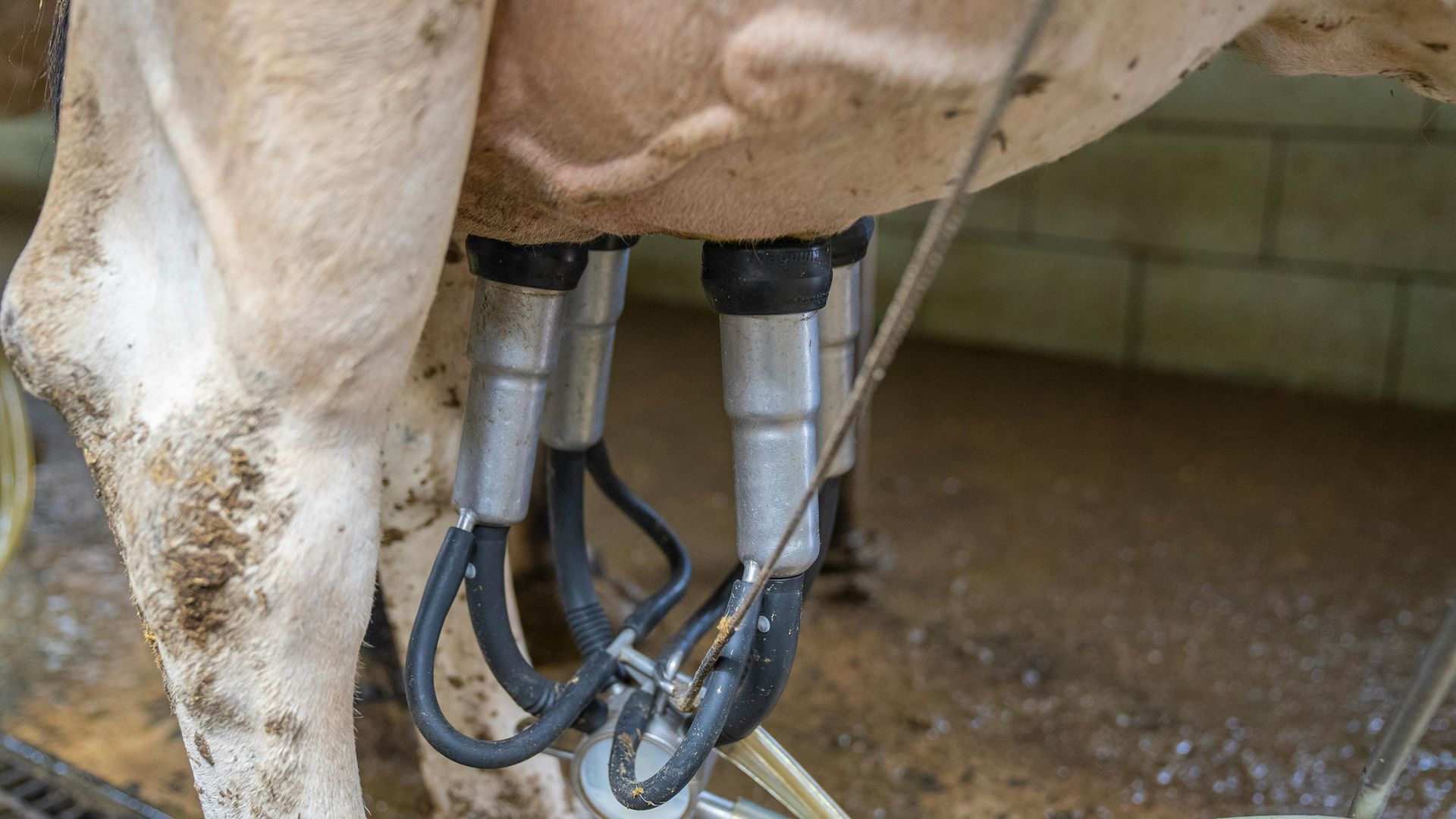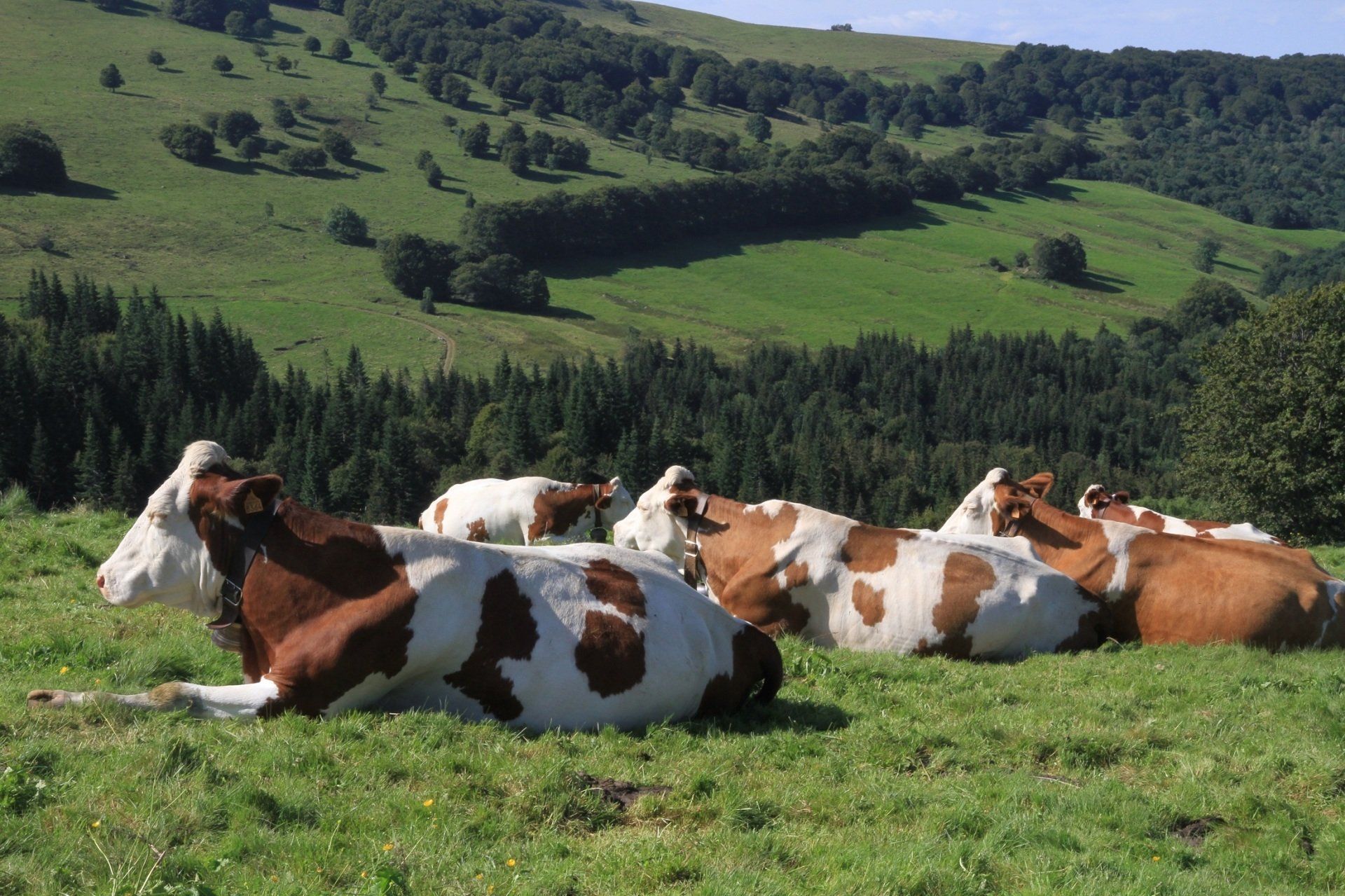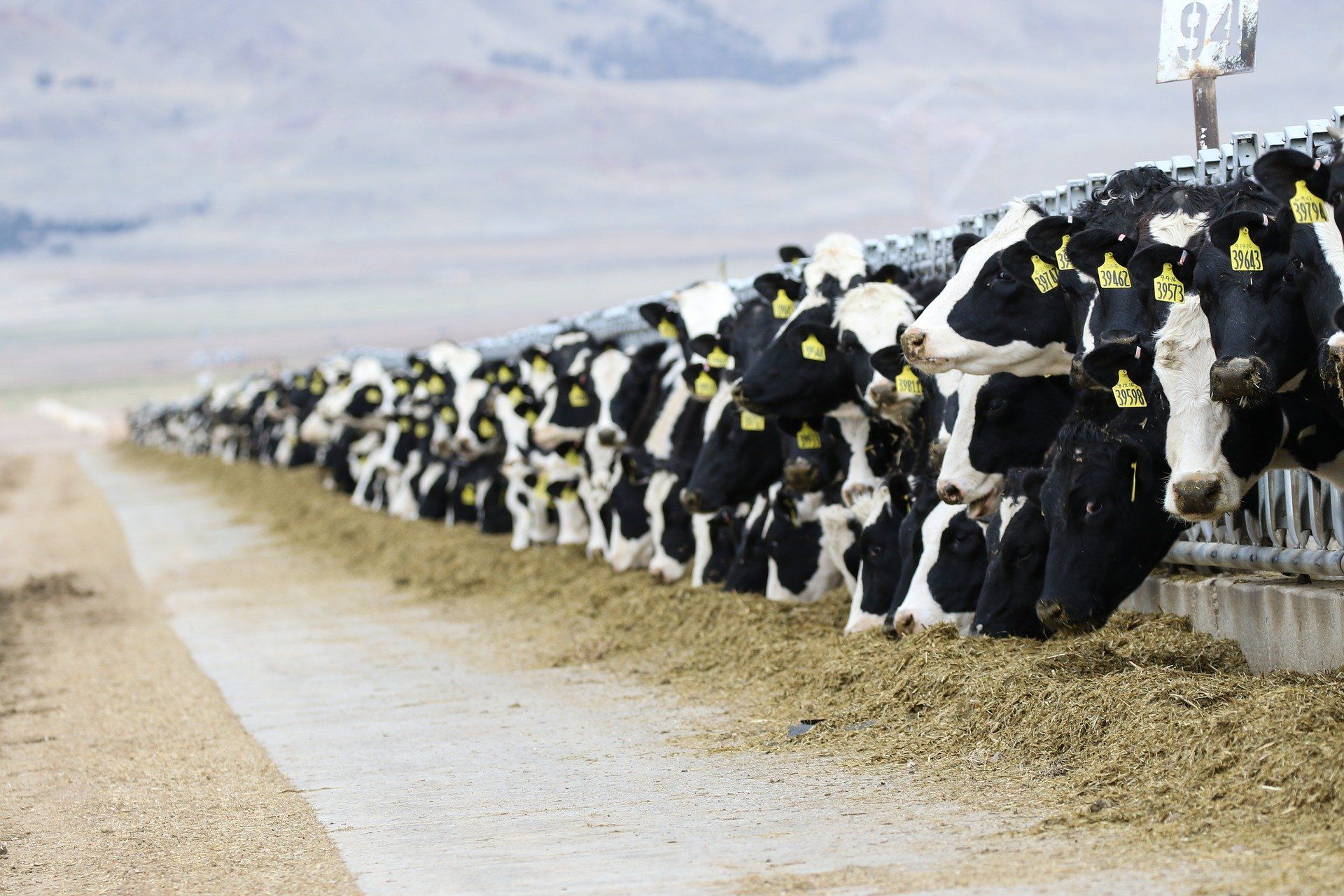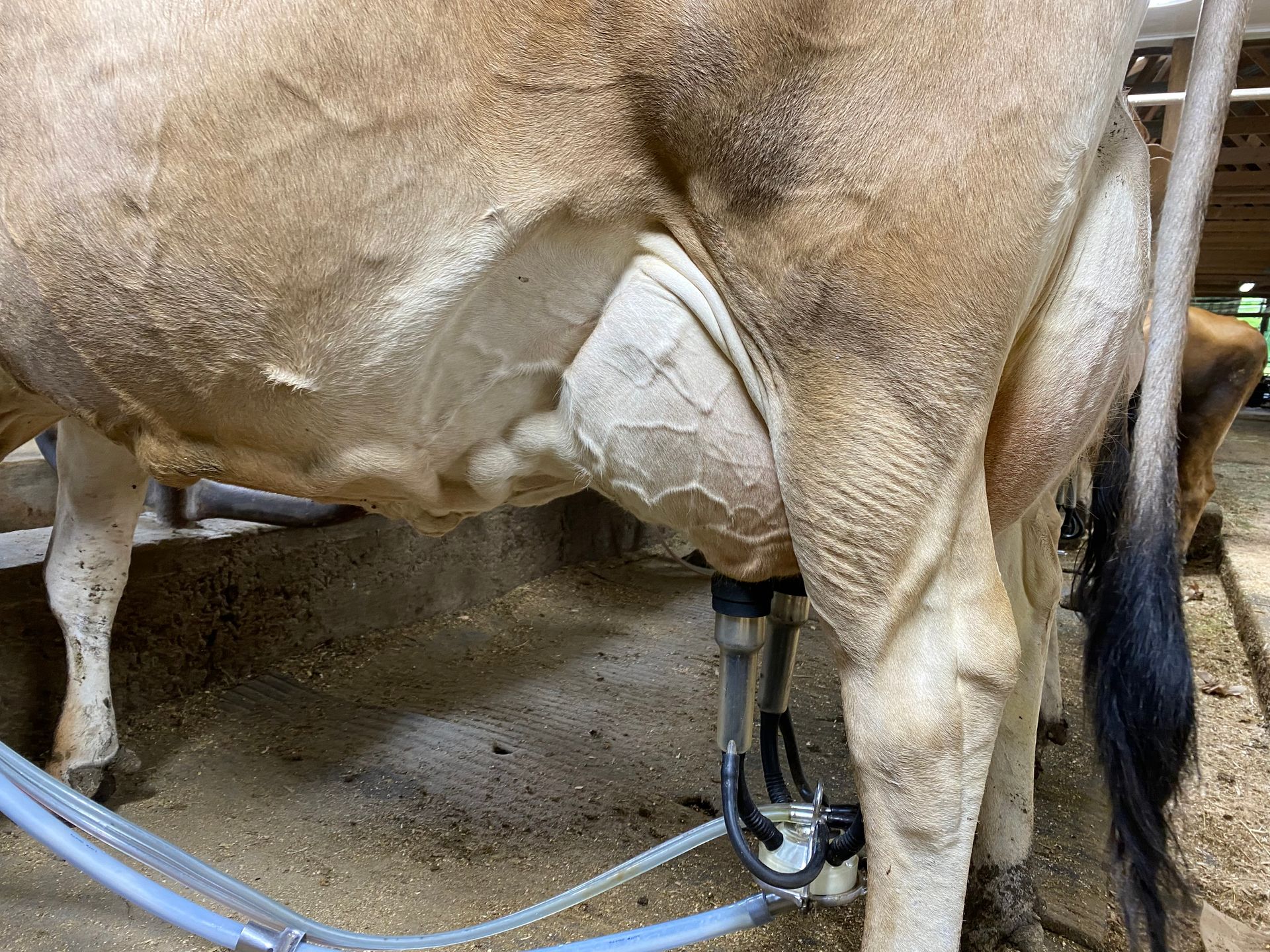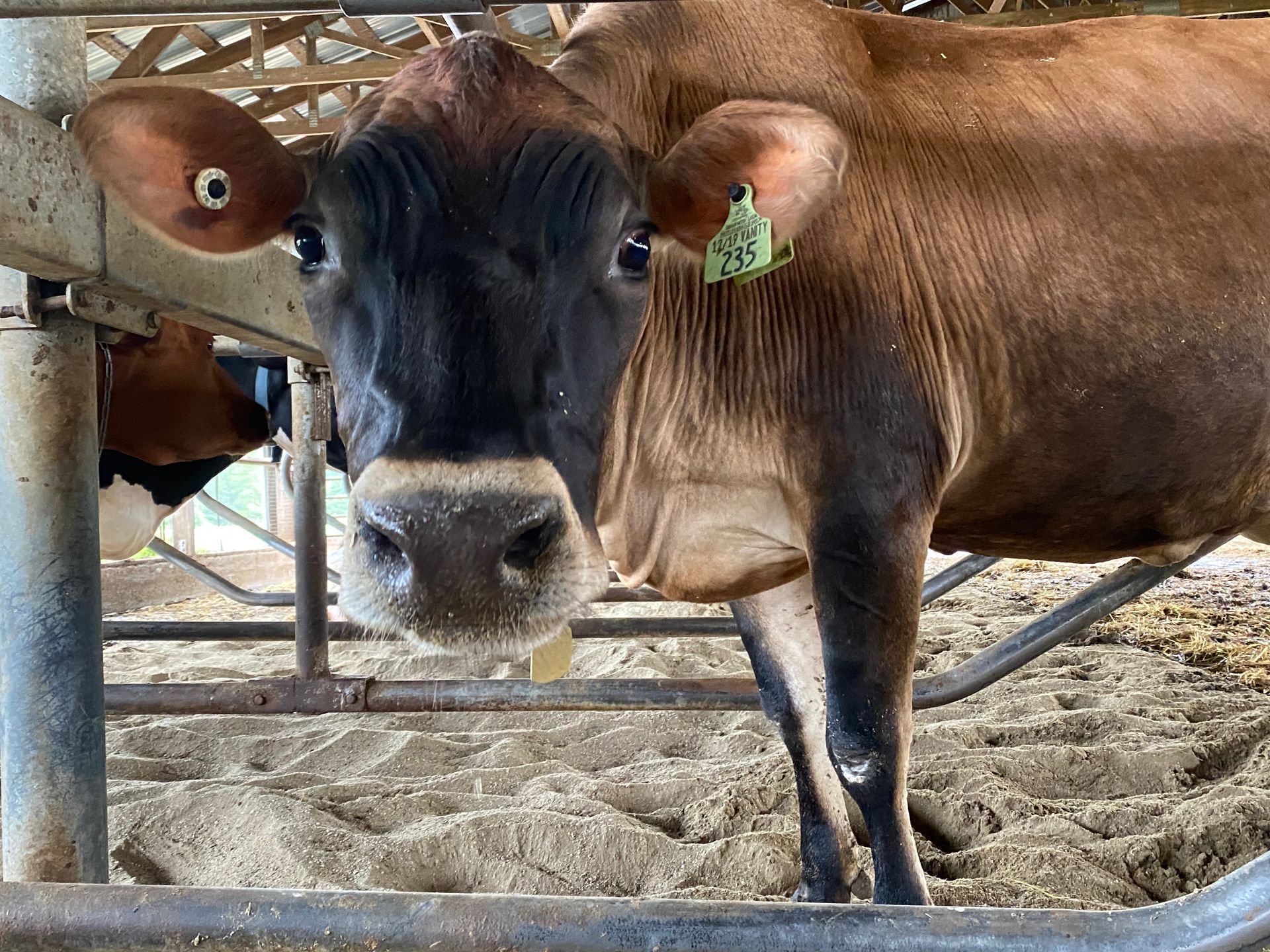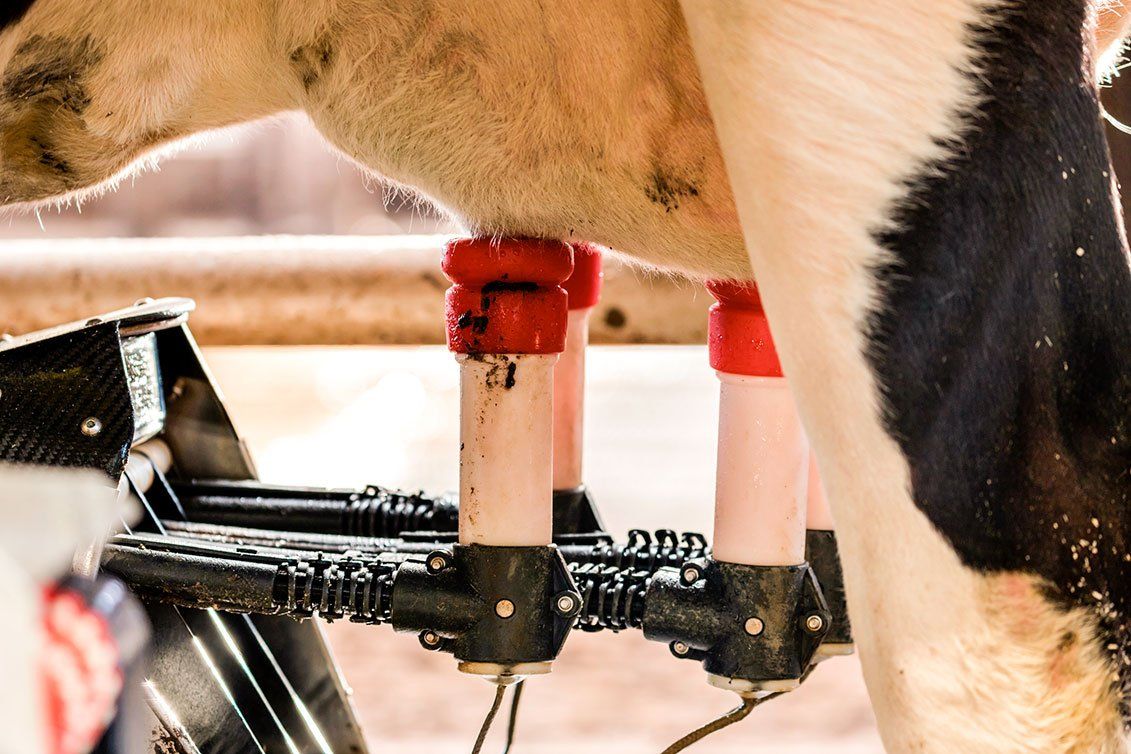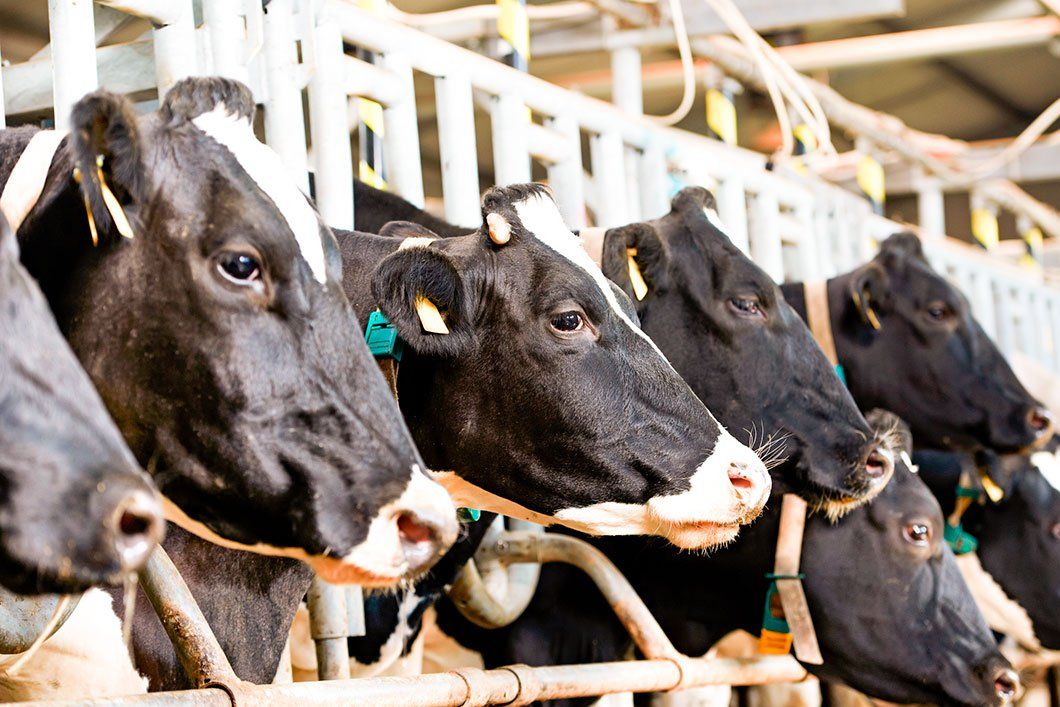Milky Data into Money:
5 Data-Driven Innovations to Boost Your Farm Profit
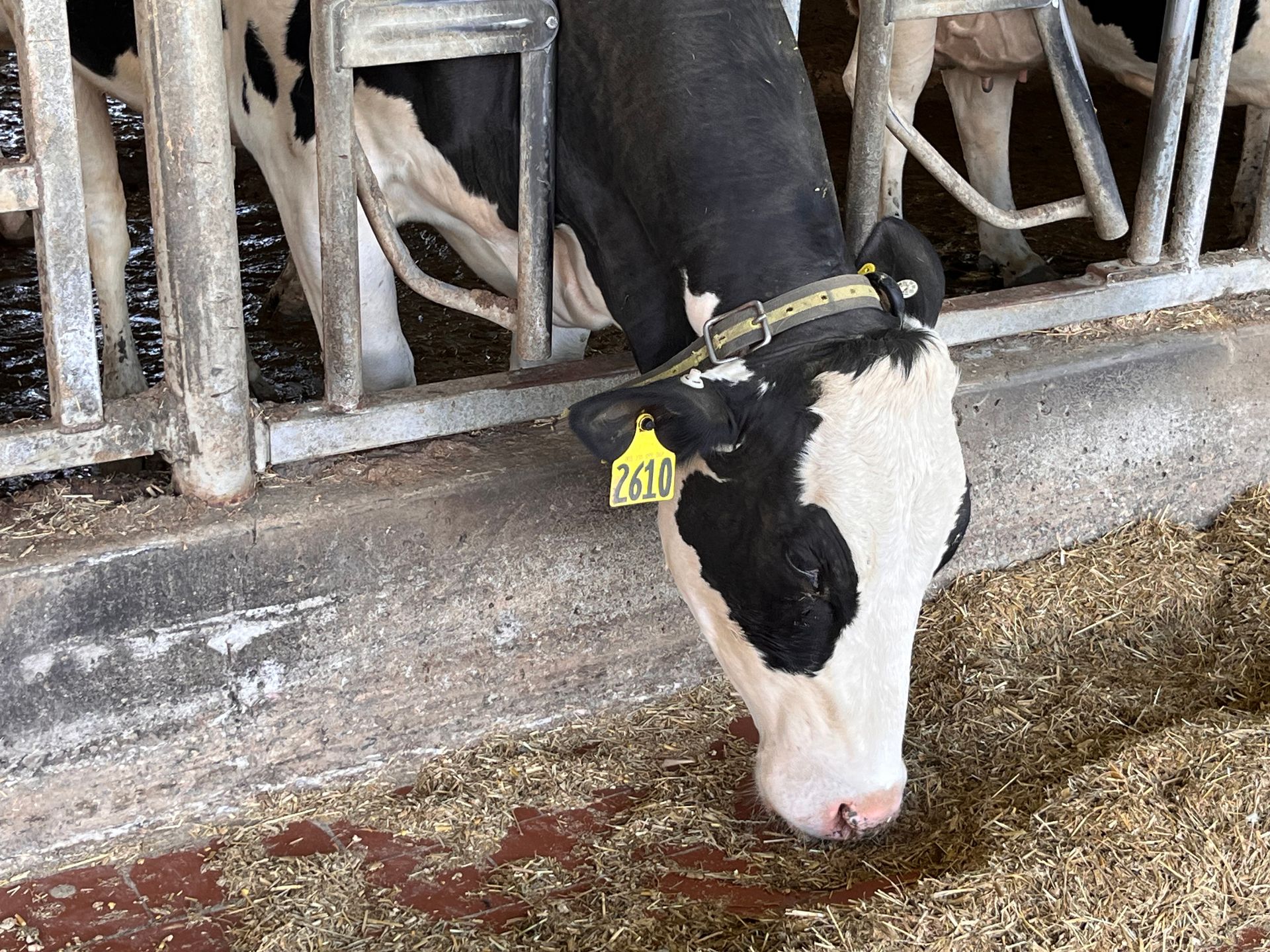
Milk data is the cornerstone of precision dairy farming. It serves as the basis for crucial decision-making processes on the farm. By closely monitoring somatic cell count (SCC) levels, farmers can detect potential mastitis early, allowing for timely intervention and reducing the reliance on antibiotics. Milk composition data is essential for adjusting feeding regimens, ensuring each cow receives optimal nutrition and minimizing feed waste. Additionally, accurate and instant results for milk fat and protein content enable farmers to quickly understand milk composition, maintaining uniformity in milk products.
According to a survey exploring the challenges and opportunities for dairy farm data management, the most commonly used technologies among farmers are milk composition analysis (67%) and early disease detection (56%). The two primary methods to achieve these are sending samples to a lab and utilizing automated milking systems.
Farmers collect milk samples from individual cows or bulk tanks and send them to central laboratories for analysis. This method typically assesses milk composition, including fat, protein, and SCC levels, and sometimes other parameters like pathogens. Automated milking systems, on the other hand, collect milk samples directly during milking and analyze them on-farm using built-in milk analyzers. These systems provide real-time data on milk yield, fat, protein, SCC, and occasionally additional parameters like lactose.
Lab sample testing, while thorough, comes with several constraints. It is time-consuming, as waiting for lab results can take days, preventing immediate decision-making. This delay can be costly; research shows that each case of mastitis can cost up to $444 per cow annually. Untimely detection due to delayed data can lead to significant losses for the farm. Additionally, lab testing can be expensive due to lab fees and shipping costs. This method also only provides weekly or monthly data, leaving blind spots in continuous monitoring.
Automated milking systems also face challenges. They require a higher initial investment and technical expertise for operation and maintenance. Integration with existing milking systems can be complex, often necessitating additional installations, which further increases costs.
Designed with the needs of dairy farmers in mind, Labby's innovative approach makes a significant difference. Here are 5 ways Labby overcomes these constraints and boosts your farm’s profitability:
1. Continuous Testing: Labby provides today’s real-time fat/protein/SCC averages alongside weekly and monthly historical data. Furthermore, it offers trend analysis based on trackable historical data, giving farmers the tools they need to monitor changes and manage herd health proactively.
2. Real-Time Data: Instant SCC testing result insights help farmers detect mastitis at an early stage, reducing treatment costs and improving animal welfare. Additionally, it provides timely information on milk protein and fat content, crucial for optimizing feed efficiency and maintaining milk quality.
3. Seamless Integration:
Labby's analyzer integrates seamlessly with most robotic milking systems, requiring no additional instruments or installations. This feature simplifies the setup process and ensures compatibility with existing farm technology.
4. Cost-Effective and Efficient:
Labby’s solution involves a lower initial cost and is highly efficient to operate, resulting in lower labor costs.
5. Actionable Data Insights:
Labby not only provides numbers but also actionable data insights. For example, you can receive real-time alerts on individual cows at high risk of mastitis, enabling early intervention and treatment.
By addressing the critical constraints in dairy farming data management, Labby not only enhances operational efficiency and herd health but also drives profitability. With Labby's innovative solutions, dairy farmers are well-equipped to make informed, data-driven decisions that boost profitability and ensure sustainable farming practices.
To learn more about Labby, please
click
here.
Work Cited:
Fadul-Pacheco, L., Wangen, S. R., da Silva, T. E., & Cabrera, V. E. (2022). Addressing data bottlenecks in the dairy farm industry. Animals (Basel), 12(6), 721.
https://doi.org/10.3390/ani12060721
Rollin, E., Dhuyvetter, K. C., & Overton, M. W. (2015). The cost of clinical mastitis in the first 30 days of lactation: An economic modeling tool. Preventive Veterinary Medicine, 122(3), 257-264. https://doi.org/10.1016/j.prevetmed.2015.11.006

